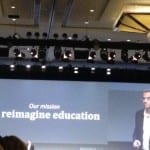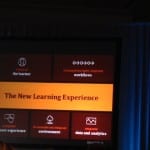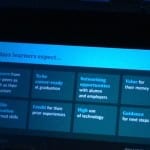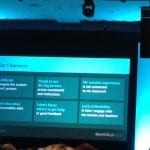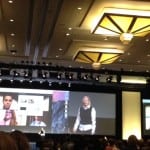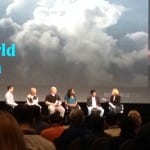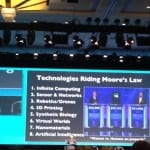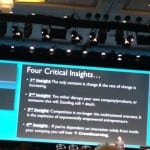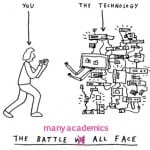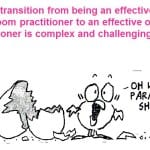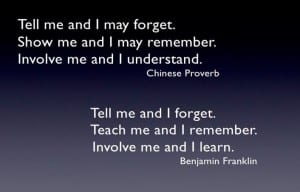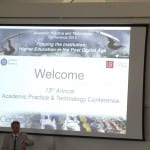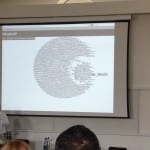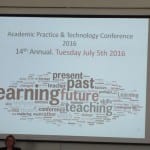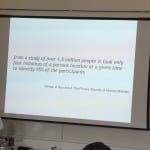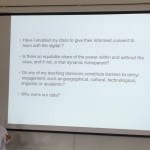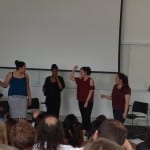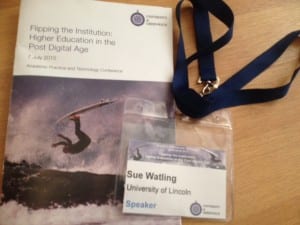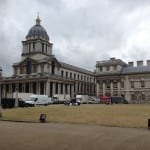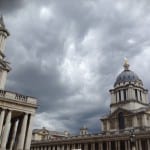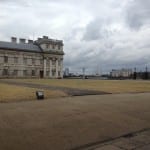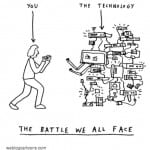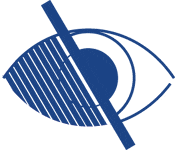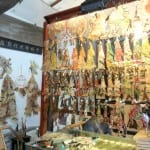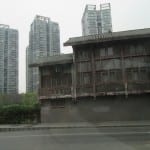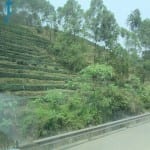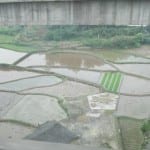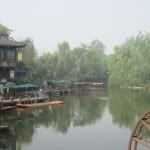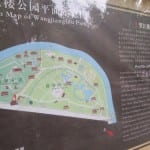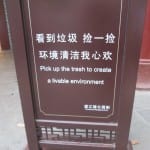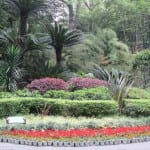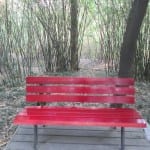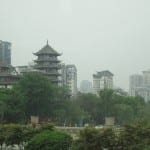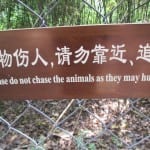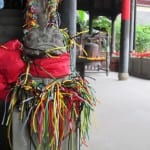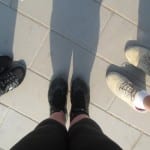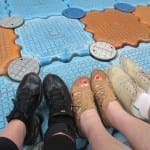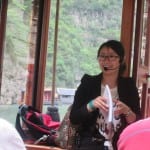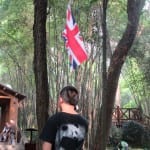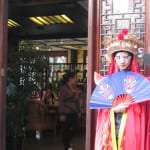It was publicly suggested Jay Bhatt should smile. I wouldn’t have noticed but looking at the photos you can see why it was suggested.
Blackboard is in town. A small town. Blink and you’d miss National Harbour. There’s a couple of streets, one giant eye of a wheel and the Gaylord Hotel and Convention Centre. That’s all folks. The only similarity with Washington DC, where you might have expected to be if you didn’t do your homework and read the small print, is they’re both on the south side of the Potomac River. Squinting through the heat haze from my window I can just make out the Washington memorial on the horizon – but the country is flat and it is the tallest stone structure in the world.
The Convention Centre exists in a bubble of plate glass and steel. Over three floors – no maps provided – I walked miles down endless carpeted corridors and up complex marble patterned steps where each one merged into the other. National Harbour is underneath a flight path. Every minute a supersize-me passenger plane descends along the line of the river. That’s a lot of people flying into one single city every day. Multiply by all the cities in the US to feel small and insignificant. America does this to you.
Meeting Blackboard face to face can be daunting. They’re a multinational corporation. Education is their business and profit the name of their game, but underneath all the razzmatazz you can always find people like me, who believe in the power of VLE to make a difference to the student experience. Choice about time and place of access, widening participation, student centred independent and lifelong learning – these are the thoughts you need to hang onto, especially when you’re full of flight flu and your eyes are blurred because your eye drops have leaked all over your suitcase.
The official Blackboard messages contain few surprises. Metrics, data, analytics, even bigger data, more analytics, workflows, leverages, income streams – but there were some great presentations (more in #BBWorld15 Part Three), cool demonstrations (Collaborate is looking good!) and two excellent panels.
The student panel was given a main slot. Great idea! Coming from the University of Lincoln, where students as co-producers and contributors of their own education and wider institution (see http://edeu.lincoln.ac.uk/student-as-producer/ for further information) it’s easy to take a high level of student engagement for granted. It’s only when you hear it being talked about it as something new and innovative you realise not everyone has moved as far down the ‘students as partners’ path as Lincoln. Panel members were
- Zak Malamed, Founder and Executive Director of Student Voice,
- Joelle Stangler, Student Body President at the University of Minnesota,
- Aaron Wagner, Georgetown University,
- Ifetayo Kitwala from Baltimore School for the Arts
- Kunal Bhadane, University of Maryland.
Kudos to all of them for presenting such different but important views of the student experience. All should be well with the world if these are its future leaders.
The second panel the next day consisted of
- Richard Culatta, Director of the Office of Educational Technology in the US Department of Education,
- Amy Laitinen, Deputy Director, Education Policy, New America,
- Kent Hopkins, Vice Provost for Enrolment Services, Arizona State University
- Kris Clerkin, Executive Director, College for America at Southern Hampshire University.
One of the resources on an early TELEDA course was Richard Culatta’s TED talk – Reimaging Learning.
Key points I took away from the second panel were to ditch the phrase non-traditional and use post -traditional student or new learners; as they now represent the majority of higher education enrolments. Education should fit around the learner because life happens and gets in the way of locked down routes and expectations. I liked the phrase ‘This is a wind me up and watch me go question‘ – it reminded me of my digital soapbox which is always ready to make an appearance – and technology should be like GPS i.e. give a choice about the road ahead and then seamlessly replot the route if the driver takes a wrong turn.
Lastly, the keynote by Adora Svitak was inspiring and the examples of Adora’s speaking style on YouTube show why https://www.youtube.com/user/adorasvitak
What I liked best was how she was one of the few people during the week to actively engage the audience, encouraging us to take out our phones and tweet answers to her questions which she then tracked live on stage. The surprise was the low number of people who put up their hands to say they would join in – maybe most were like me and couldn’t get onto the Blackboard wifi which effectively silenced me digitally – but did mean I was one of the few during sessions whose head was positioned at 180 degrees.
More about the presentations in #BbWorld15 Part Three.
Keynotes and panels are available to watch on http://www.bbworldlive.com/
